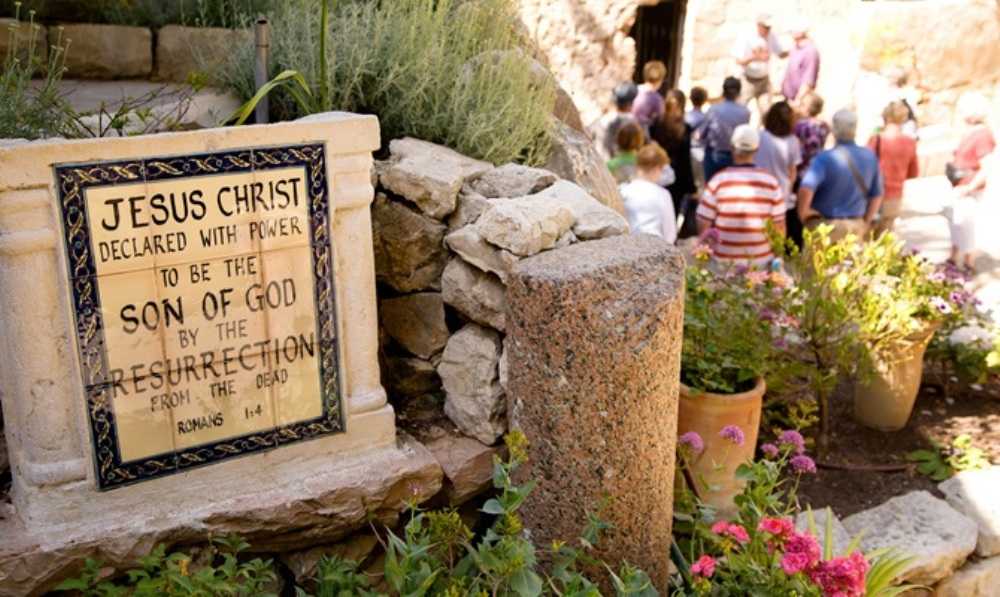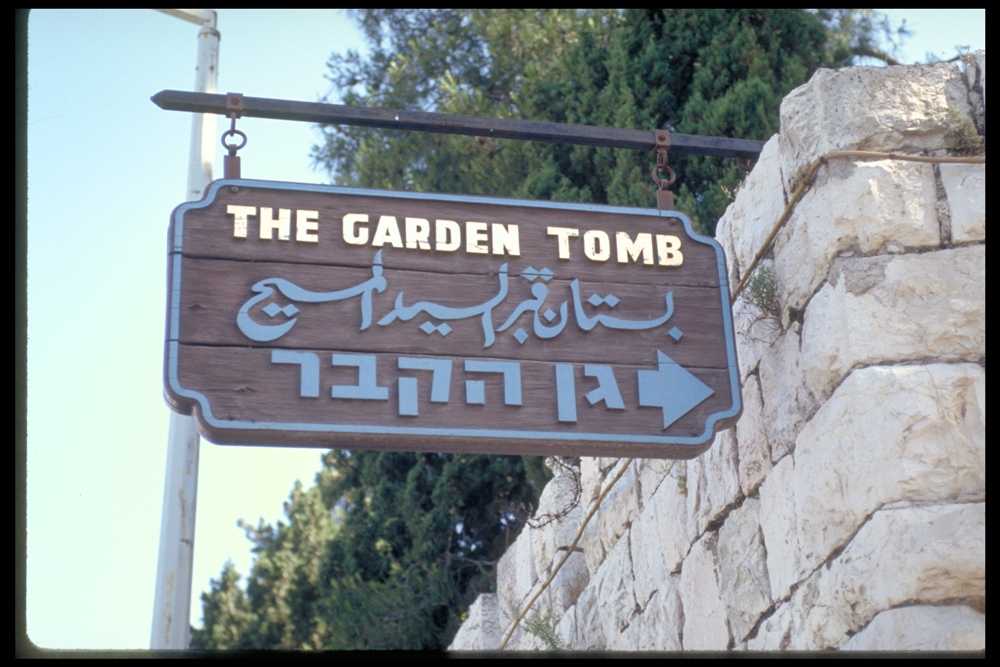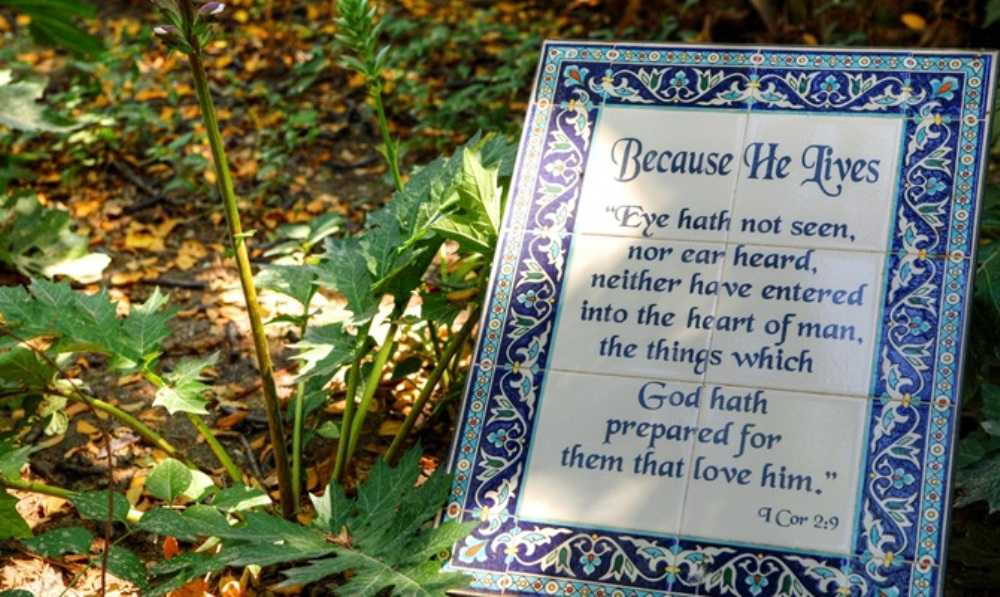Visit the Garden Tomb and experience solace and lush green niches
On entering the ancient garden, take the path to the left to see a courtyard hewn from rocks, where you can see the opening of a burial cave discovered in 1867, believed to be the site of Jesus’ burial. The burial cave is made up of two rooms with a rolling stone at its entrance. The garden also contains water-storage pits for irrigation. The Garden Tomb preserves the open garden atmosphere, as maintained by the Protestants at the time of Jesus.
In the nineteenth century, scholars began to challenge the Christian tradition that claimed that the burial site and resurrection of Jesus occurred at the Church of the Holy Sepulcher in the Christian Quarter of the Old City. Many Protestants also had their doubts – in large part because the Church of the Holy Sepulcher was the site sanctioned by the Roman Catholic establishment. It was Charles Gordon, a general in the British army, who picked up the gauntlet and began searching for an alternative site.
In 1883, Gordon found a rocky escarpment near the Damascus Gate. The fact that the escarpment resembled a skull suggested to Gordon that he had stumbled upon the true Golgotha, which may have been derived from the Hebrew and Aramaic for ‘skull.’ He also concluded that one of several tombs uncovered nearby in 1859 had to be the tomb of Jesus. John the Evangelist states in the Gospel According to John that the tomb was located in a garden, and the site identified by Gordon contained an ancient cistern and a wine press; hence the name Garden Tomb or Gordon’s Calvary - the site of the crucifixion, according to Gordon.
Despite the fact that archaeologists (not to mention the Catholic Church) have yet to embrace the Garden Tomb as the site of Jesus’ burial, the spot has become a popular place of pilgrimage for Protestants, some of whom agree with the contemporary research and date the tomb to the First Temple period. No matter what, they attribute importance to the Garden Tomb site due to the preservation of the authentic ancient atmosphere, as in the days of Jesus.















